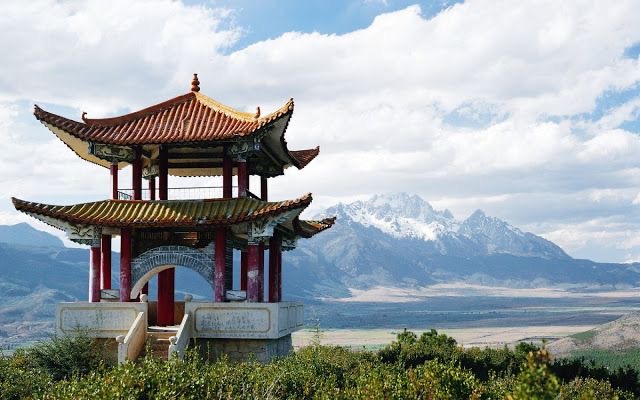
Juicy Yin and Yang
It’s easy to see the interplay of yin and yang from the earth’s point of view. The sun and moon can be mapped with astonishing precision. The seasons follow one another and the solstices and equinoxes have mapped yin and yang since time began.
In the martial arts, yin and yang are also at work. The movements of tai chi distinguish between pushing and pulling. Boxing has defensive moves that absorb or deflect, followed by counter punches. In jujitsu, ‘the gentle art’ one can see the players create openings that are traps for their opponents to move into.
For humans in non-physical activities, yin and yang exchanges can be more subtle. For instance, interpersonal relationships at the workplace have yin and yang, and it’s helpful to know when to yield and when to push. Interacting with the seasons is also useful, such as sleeping more in winter, exerting more in summer, even mapping projects with the full moon. My grandfather, who’s birthday would have been today, used to avoid haircuts on the new moon because “his hair grew back too fast.”
Most famously, perhaps, the Taoists explain yin and yang in the context of sexual and physical attraction. This is the most powerful, volatile, and familiar energy—as well as the most accessible. Because of these qualities, the physical attraction energy is taught as one springboard for spiritual progress.
Taoist masters teach to open the pathways of the body and move this powerful energy up the spine and core channel to the higher energetic centers of the body. Taoists teach that when the sexual organs, the heart, and the head are open to the balanced energy of nature, the human can operate as an integrated and virtuous being. The ultimate coupling of yin and yang is the human with the Tao itself in every moment.
TheTaoBlog.com